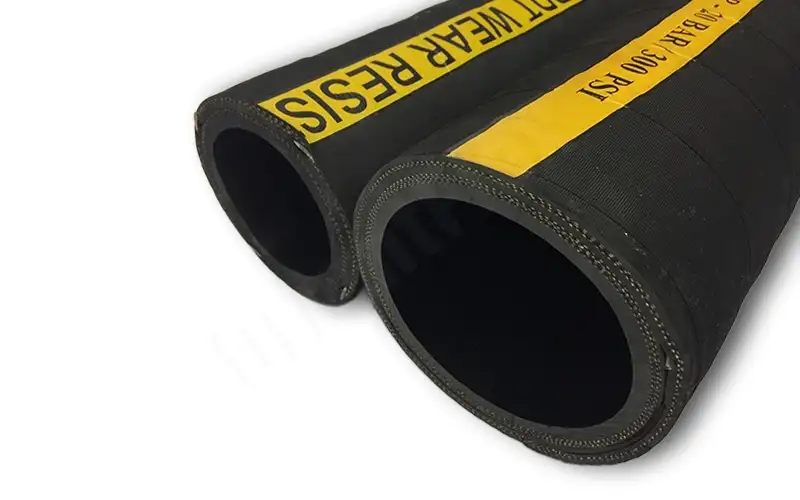1. Clean Rubber Hose After Every Use
Dirt, chemicals, and debris break down rubber over time. After using your rubber hose, rinse it with plain water right away. If you used fertilizer, soap, or oil with the hose, add a tiny amount of mild dish soap to the water. Scrub gently with a soft brush, then rinse until all residue is gone. Let the rubber hose air-dry in shade. Never store it wet, as moisture causes mold and rots rubber.
2. Avoid Overstretching or Kinking Rubber Hose
Forceful stretching or tight kinks damage rubber’s structure. When using the rubber hose, pull it only as far as it naturally reaches—don’t yank it to cover more space. If you notice a kink, stop the water flow first, then straighten the hose slowly. After use, coil the rubber hose loosely instead of folding it. Tight coils or folds create weak spots that crack over time.

3. Protect Rubber Hose from Extreme Weather
Sun, heat, and freezing temperatures shorten rubber hose life. Keep your rubber hose out of direct sunlight when not in use—store it in a garage, shed, or hose cabinet. In summer, avoid laying the hose on hot concrete. In winter, drain all water from the rubber hose before storing it. Because frozen water expands and splits the rubber. For cold climates, use a winter-rated rubber hose, but still drain it after each use.
4. Inspect Rubber Hose Monthly for Damage
Early fixes prevent small issues from becoming big problems. Check your rubber hose for cracks, leaks, or bulges every month. Pay extra attention to the ends. If you spot a tiny leak, use rubber hose repair tape to seal it. If cracks are large or the hose feels brittle, replace it.
